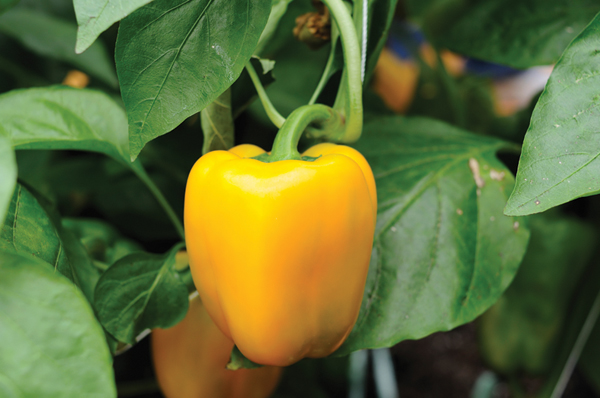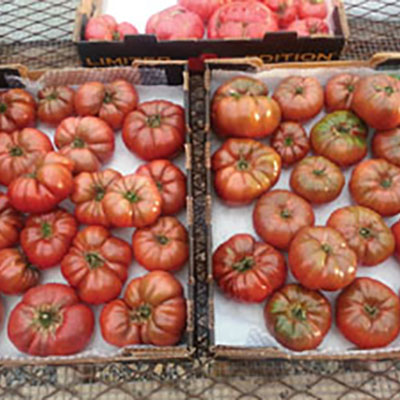Growing for Market in partnership with Johnny's Selected Seeds has created a library of expert information about growing and selling vegetables and flowers. Links in the article will take you to johnnyseeds.com.
Subscribe to Growing for Market for more great ideas about growing and marketing!
For more topics in the series, click on Market Farming Basics in the left column.

![]()
The autumnal equinox has passed, the days are quickly getting shorter, and the change of seasons is upon us. It's time to wrap up the current season's unfinished business and start planning for next season.

In frost-free climates, you can plant cool-weather crops outside to harvest throughout the fall and winter. These include arugula, beets, broccoli, cabbage, carrots, cauliflower, celery, collards, kale, lettuce, onions, peas, potatoes, radishes, rutabaga, spinach, and turnips. Leafy herbs also do well in winter, so plant chives, cilantro, dill, and parsley.
In mild winter climates, you can plant cool-weather crops under row cover or in the hoophouse to protect them from frost. Their growth won't be as quick as in spring because of the declining day length, but you will be able to harvest many vegetables this fall and winter. Leafy greens and root crops are easy at this time of year. Plant arugula, beets, carrots, collards, kale, lettuce, onions, radishes, spinach, and turnips.
And if you're in a region where hard freezes are common, you can still plant under row cover and overwinter crops that will be ready to harvest early in spring. Onions and spinach will do just fine in most places, given appropriate protection. A hoophouse or Quick Hoops will give you a harvest a month ahead of spring-sown crops next year.
Harvesting the final crops
Many crops will be fine, or even improve, with light frost. Those include most root, leaf, and flower bud vegetables: artichokes, beets, broccoli, Brussels sprouts, cabbage, carrots, cauliflower, chard, collards, kale, lettuce, mustard, onions, parsley, spinach and turnips.
If your markets will be ending soon, you might want to top your Brussels sprouts plants to get a uniform harvest of the sprouts that remain. A week before your expected first frost, cut the growing tip out of each plant. But if you want to keep them producing well into fall, leave them untopped. Their flavor is improved by cold weather and in milder areas, you will be able to pick into December - perfect for holiday markets.
The last of your warm-weather crops may still have harvest potential. Here are some ideas for plants that are likely to still be productive:
Peppers will slow down with the shorter days and cooler temperatures, so pick off any small ones that aren't likely to mature before first frost. The remaining peppers will size up faster. When frost threatens, pull up chile pepper plants and hang them in a warm, well-ventilated area so the chiles will dry.
Winter squash will not ripen after being picked, so you have to protect the entire plant from early frosts if you have a large number of immature fruits. Sprinkler irrigation can be used to protect fruits from light frosts. Mature fruits can withstand one or two light frosts, but too much frost can cause spotting and poor storage.

Tomatoes will ripen and can be labeled "vine-ripened" if they have reached at least the breaker stage - pink on the blossom end - when they are picked. The ripening stages of tomatoes are immature, mature green, breaker, pink, and red. Mature greens are identified by a white to yellow star on the blossom end, and they also may ripen if they are kept dry and above 50°F/10°C. That's the stage when most commercial tomatoes are picked for shipping.
• Subscribe to Growing for Market for the latest news and ideas.
Reprinted from JSS Advantage October 2009.













